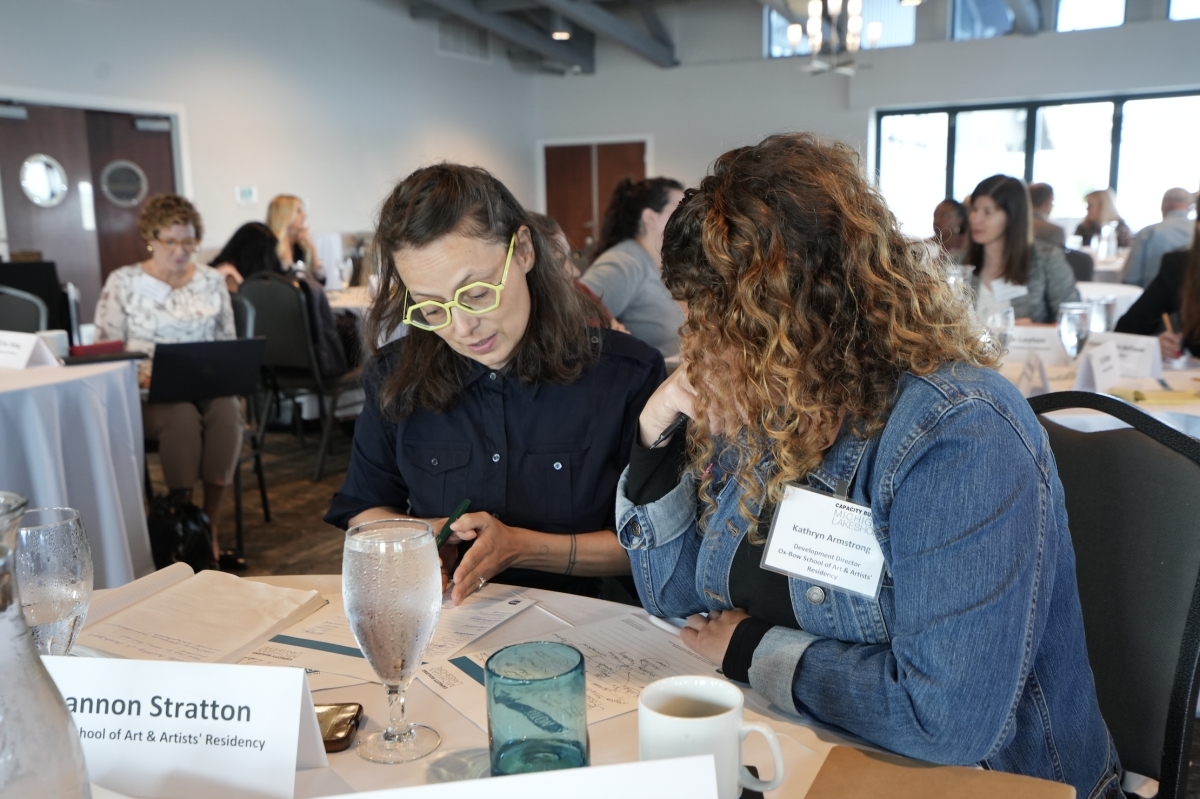Through monthly adviser consultations and in-person events in Holland, the organizations will spend approximately 70 hours engaging together over the next two years.
The nationally recognized arts and innovation management program is funded by the Dick and Betsy DeVos Foundation and has advised more than 2,000 individuals, organizations and foundations in a dozen countries across the globe. Its curriculum is based on a planning methodology developed by DVIAM called “the cycle.”
DVIAM President Brett Egan leads the program with DVIAM Chairperson Michael Kaiser. Egan describes the cycle as a framework for resiliency.
“It looks at the artistic plane, the marketing, the board and community development and the revenue functions of an organization and seeks to establish best practices in those core areas as well as a key understanding of how those areas work in collaboration,” Egan said. “As in any business, arts and culture nonprofits are impacted by environmental forces and in response, planning needs to change. We believe some fundamentals persevere any crisis, the planning methodology responds as would any business, but it is grounded in principles we have observed over several decades of working with nonprofits around the world.”
Holland Symphony Orchestra President and CEO Kay Walvoord is part of the lakeshore cohort. In 2010, Walvoord also went through a version of the program offered to organizations in the Greater Grand Rapids area.
“We are a different organization today — we have different staff and a different board than we did 10 years ago,” Walvoord said. “This is a wonderful opportunity for us to get to know the other nonprofits’ arts and culture groups on the lakeshore and how we can collaborate because if we don’t collaborate, we will perish separately.”
A DVIAM report on the 2012-2014 capacity-building program in Detroit speaks to the efficacy of the curriculum. After going through the program, organizations in the cohort experienced an 85-percent increase in contributions from individual donors, 65 percent reported a meaningful increase in board engagement, and planning major programming less than a year out dropped by 92 percent.
Saugatuck Center for the Arts Executive Director Kristin Armstrong participated in the same 2010 cohort as Walvoord.
At the time, the Arts Center was eight years old and struggling to determine what it really meant to build great art programming in the community. Armstrong called the experience “revelatory.”
“When we did this, we were a very young nonprofit,” Armstrong said. “We were trying to figure out how to move from ‘pretty good’ to ‘great.’ (DVIAM) had such a wealth of information they brought to the table that helped us frame what we were experiencing.”
Armstrong said the program gave the participants a shared language to discuss their goals, struggles and strategy while providing context to quantify what “great and robust programming means” and how to approach art programming as a product.
“If you really dig in deep, do the work and are open to considering changing models, it will more effectively fulfill your mission and vision,” Armstrong said.

